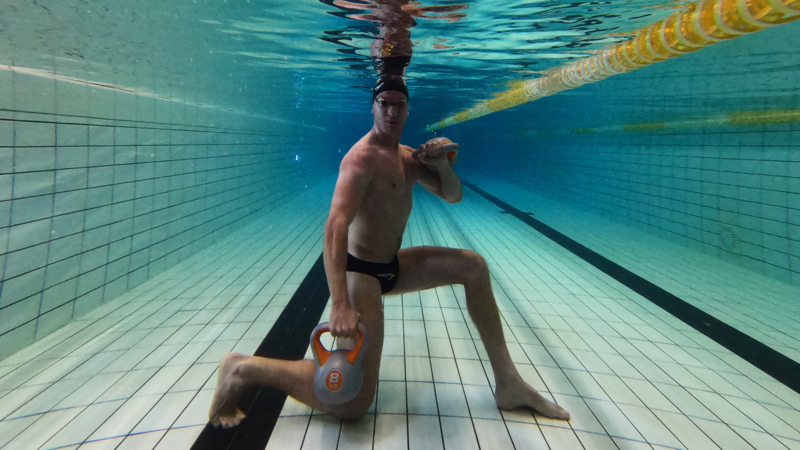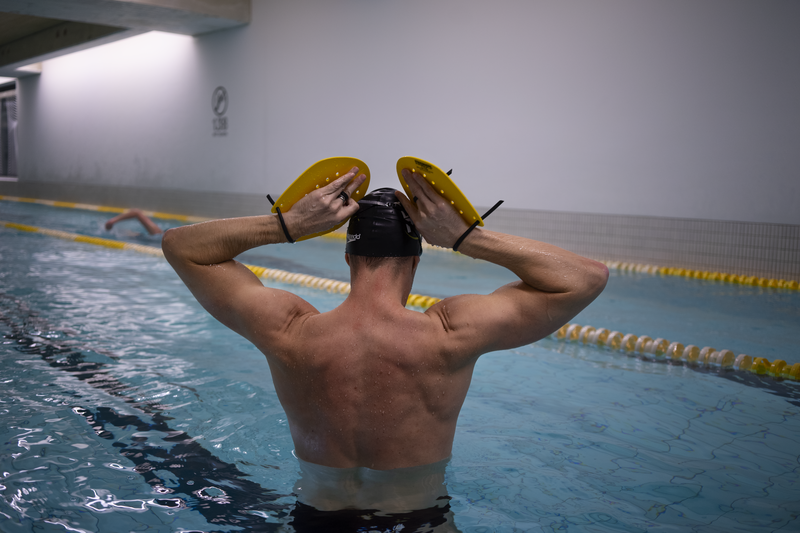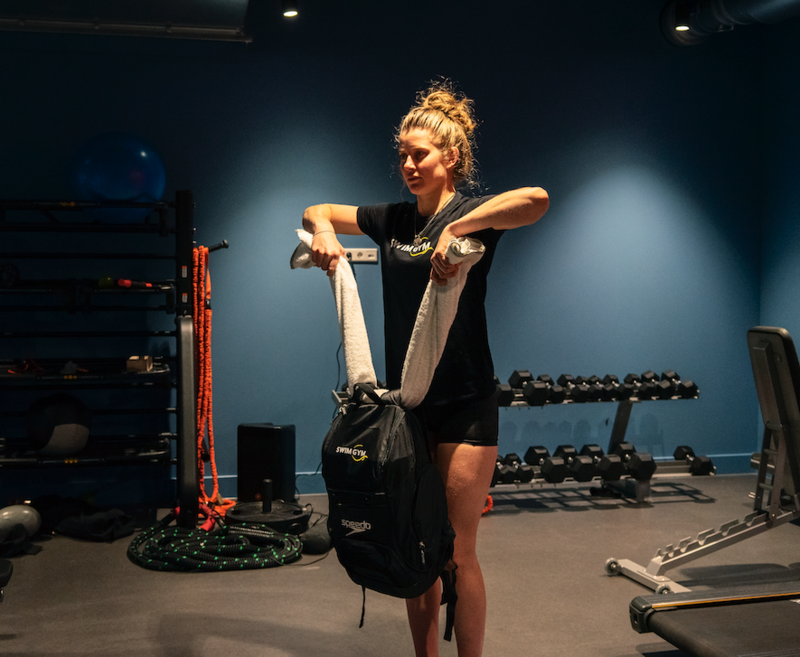Swimming blog - TRAINING and HEALTH How to build a swimmers body?
When watching top swimmers perform at the highest level, do you ever ask yourself how they get that typical swimmers body? A muscular but lean build, with broad shoulders, defined lats, abs and triceps. A swimmers build can be acquired with dedicated training and nutrition, but you have to do a little more than just swimming laps. Continue reading to find out how you can start working on that swimmers body yourself.

Let's think of muscles as a wall we want to build. To build this wall you first need blocks, namely proteins from your diet. However without dedicated training these building blocks will just wander around in our body, and chugging down an extra protein shake will be useless. Luckily through training, the muscles that are trained become more sensitive to absorbing the blocks, this allows the wall to be built by removing the old blocks and adding new blocks onto the wall.
Some training principles are necessary for this muscle building process to happen:
1. The load/intensity should be challenging
2. You need to progressively overload the muscle, by increasing the load/intensity every two weeks.
Incorporate these principles into your swim practice or your home workouts isn’t very difficult and can be really fun.

Swim Practise
During swim practise specific strength sets in which you go all out for very short distances, and rest for one to two minutes in between reps, are very useful for building strength. We recommend you to do strength sets once but no more than twice a week, because they are very fatiguing. As you become stronger and more skilled you can overload the muscle progressively by increasing the distance to which you are sprinting, or by adding resistance to your stroke with the use of fins and/or paddles.

Home Workouts
To build strength at home try one of these swim-specific workout videos. It's important that when you're executing the exercises you make as many repetitions until the point you can no longer produce enough force to execute one to two more repetitions. As you become stronger and more advanced you can overload the muscles progressively by increasing the amount of repetitions, or decreasing the rest period between sets, or by executing a more challenging version of the exercise or adding resistance to the exercise with bands or weights.

Include both strength specific swimming and home workouts into your weekly training over periods of months and the differences will become noticeable not only in your physique but also the power you can produce during your swim sessions.
Written by Saskia Postma
